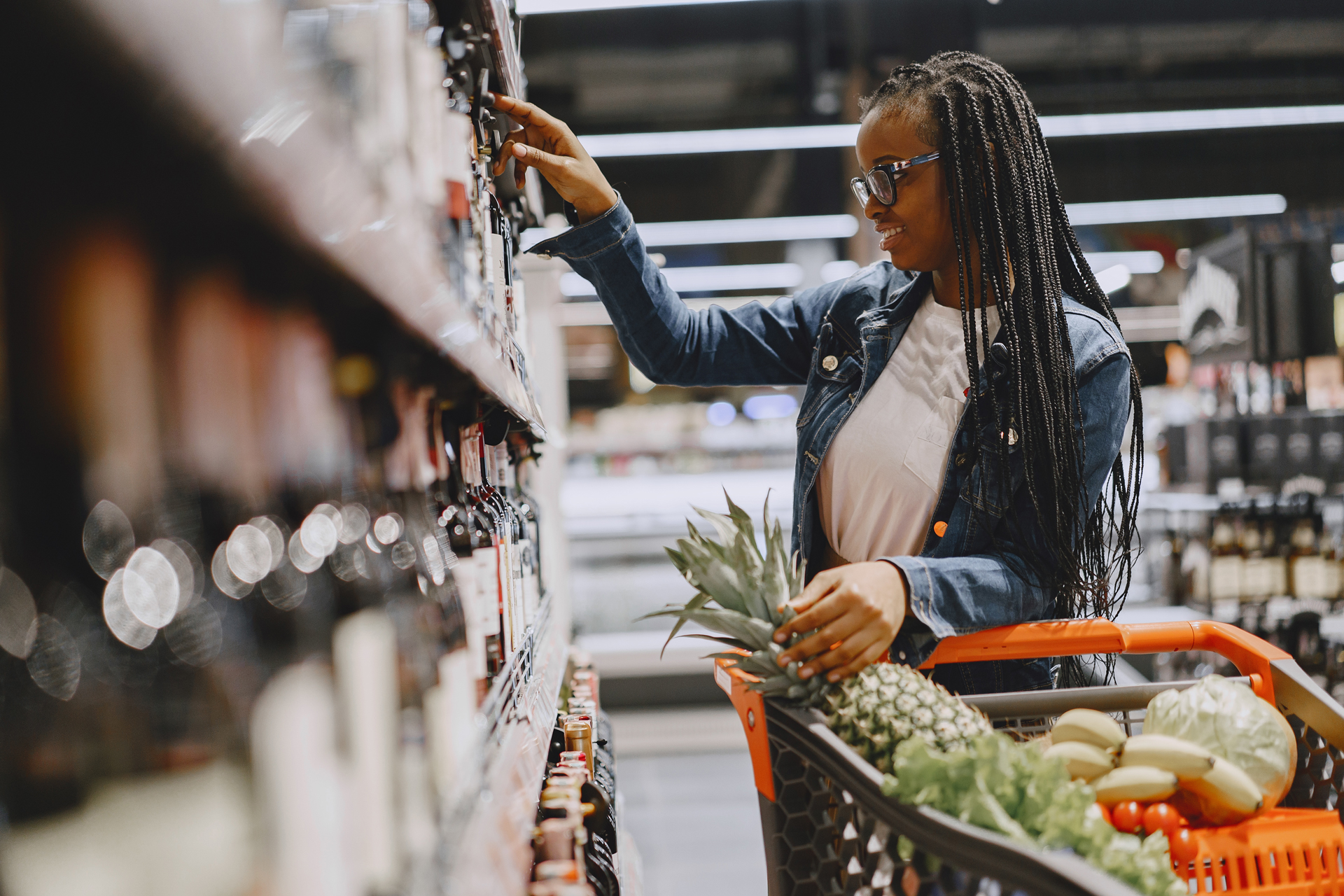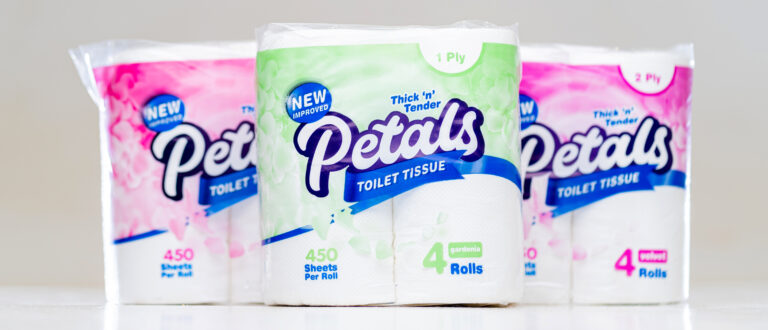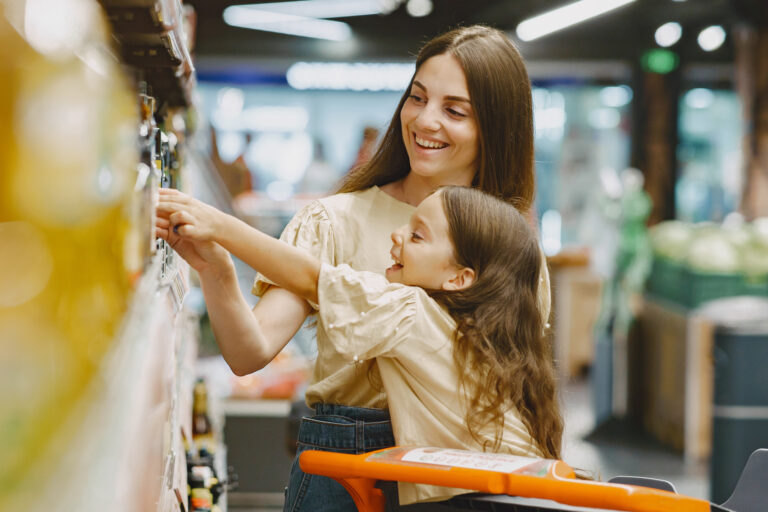Think product packaging is just about wrapping up your goods? Think again. In today’s hyper-competitive marketplace, your packaging is your product’s first impression, your brand’s billboard, and a crucial part of the customer experience. It’s working hard even before your product hits the shelf, and long after it leaves.
Let’s dive deep into the world of product packaging and uncover why it’s so much more than just a container – it’s a potent marketing tool that can make or break your brand.
What exactly is product packaging?
At its core, product packaging encompasses all the materials and design elements used to house and present your product. This isn’t just the outer box; it’s a multi-layered concept. It’s the bottle holding your beverage, the blister pack protecting your pills, the carton housing your cereal, and even the shrink wrap securing everything on a pallet for shipment.
Beyond the physical components, product packaging is also the entire process of strategizing, designing, and producing these enclosures. It involves material selection, graphic design, printing techniques, and even assembly line considerations. It’s a holistic approach aimed at creating packaging that’s not just functional, but also strategically aligned with your brand and marketing goals.
The multi-faceted purposes of product packaging
It’s More Than Just Protection. While protection remains a primary function, modern product packaging pulls far more weight. Think of it as a Swiss Army Knife for your brand, loaded with the following features.
Protection
Yes, let’s start with the basics. Packaging shields your precious products from damage during their journey – from factory to warehouse, truck to shelf, and finally, into the hands of your eager customer. This protection minimizes waste, reduces returns, and ensures your product arrives in perfect condition, ready to delight.
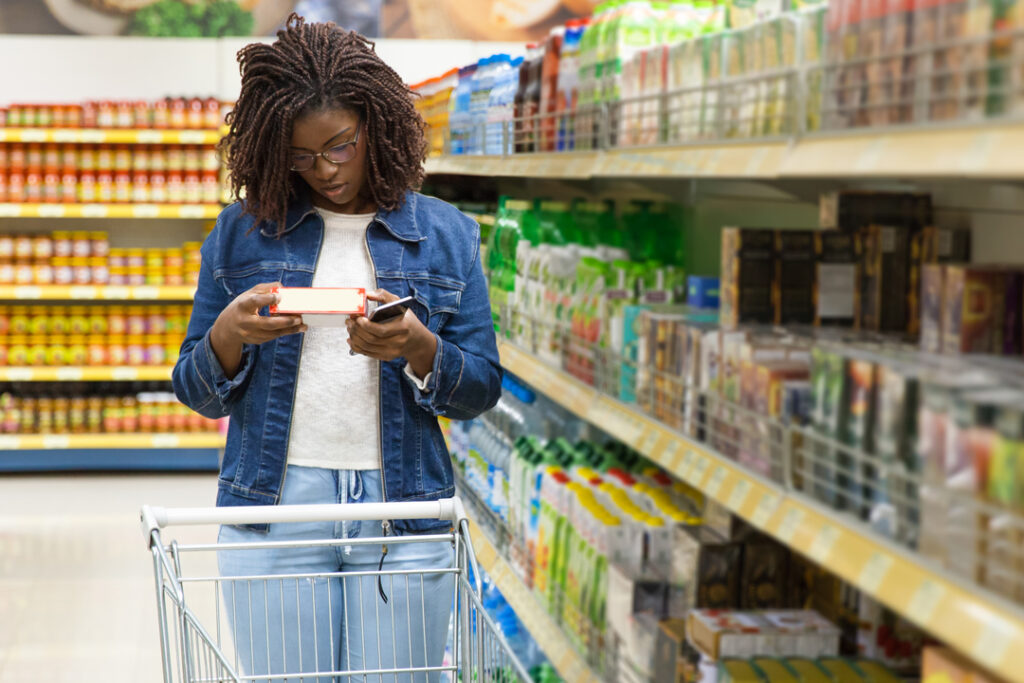
Brand Communication
Packaging is prime real estate for communication. It’s your chance to tell your product’s story, highlight key features, provide usage instructions, list ingredients, and even share your brand’s mission. Think of it as a mini-billboard that travels with your product, constantly reinforcing your message. Smart packaging speaks directly to your target audience, addressing their needs and desires right at the point of purchase.
Brand Identity
For impact that can be observed in sales, you have to go deeper than just a logo, colours and graphics. Your packaging is a tangible representation of your brand’s personality and values. It’s the visual embodiment of what you stand for. Perhaps take some time to reflect on questions such as these: Is your brand luxurious and sophisticated? Eco-friendly and sustainable? Fun and playful? Your packaging needs to visually communicate this brand essence to instantly resonate with your ideal customer and differentiate you from a sea of competitors.
Customer Experience
Unboxing videos are a phenomenon for a reason! Packaging plays a huge role in the overall customer experience. From easy-to-open features to a satisfying tactile feel, thoughtful packaging elevates the perception of quality and shows customers you care about the details. This positive interaction can build brand loyalty and encourage repeat purchases.
Security Against Tampering and Theft
In today’s world, security is paramount. Packaging can incorporate tamper-evident seals and robust designs to deter counterfeiting, protect product integrity, and give consumers peace of mind. This is especially crucial for industries like pharmaceuticals, food, and electronics.
Convenience—Making Life Easier
Good packaging is all about convenience. It should be easy to distribute, handle in warehouses, stack neatly on shelves, entice shoppers in stores, open effortlessly at home, reclose securely for later use, dispense product efficiently, and ultimately, be easy to recycle or dispose of responsibly. Convenience is a key driver of consumer satisfaction and repurchase.
Portion Control
For food, beverages, and even household products, packaging can facilitate portion control. This not only guides consumer usage but can also be a clever way to encourage repeat purchases by presenting product in pre-determined serving sizes.
Why care about product packaging (Seriously!)
Still think packaging is an afterthought? Savvy businesses are investing heavily in strategic packaging design. Here’s why.
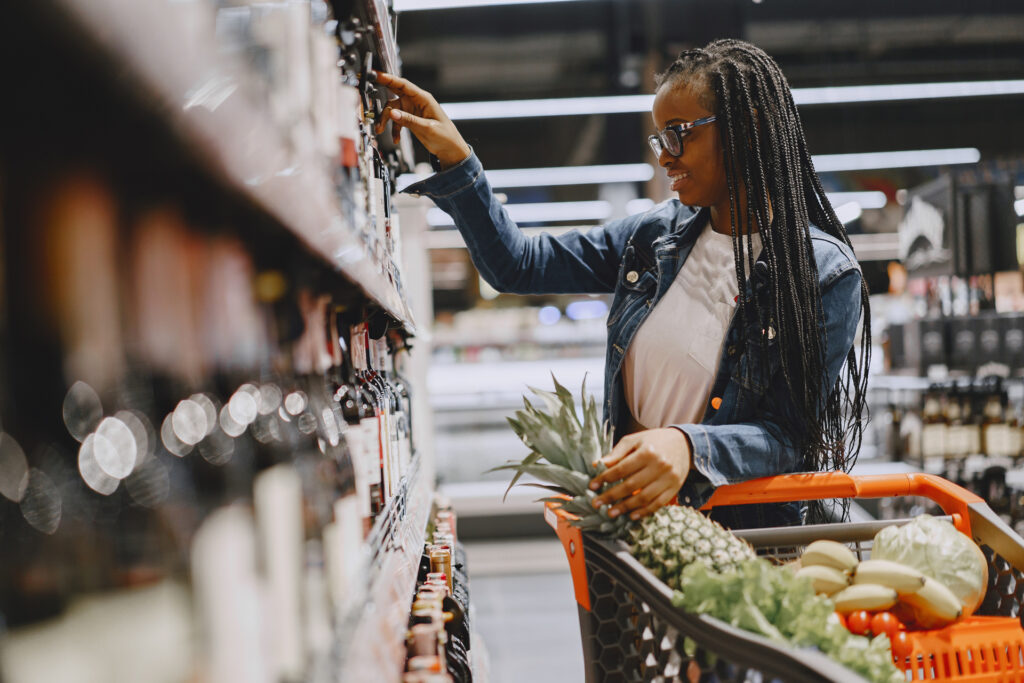
First Impressions Matter
In a crowded marketplace, consumers make snap judgments. Your packaging is often the first thing they see. Is it compelling enough to stop them in their tracks? Eye-catching, well-designed packaging grabs attention and sparks initial interest.
Boost in Sales and Revenue
Effective packaging directly impacts your bottom line. Improved shelf visibility, stronger brand messaging, and a premium feel can translate directly into increased sales. Think of packaging as a silent salesperson working 24/7.
Building Brand Equity and Recognition
Consistent and strategic packaging reinforces your brand identity across every touchpoint. Over time, distinctive packaging becomes instantly recognizable, building brand equity and fostering customer loyalty. Think of iconic packaging shapes and colours that you immediately associate with specific brands – that’s the power of packaging done right.
Competitive Differentiation
In industries with similar products, packaging can be the key differentiator. Stand out from the competition by creating packaging that is not only functional but also more appealing, innovative, and aligned with consumer values.
Improved Customer Lifetime Value
Positive customer experiences driven by thoughtful packaging lead to higher satisfaction and increased brand loyalty. Happy customers are repeat customers, and packaging plays a vital role in creating that positive, lasting connection.
Additionally, consumers are increasingly eco-conscious. Sustainable packaging demonstrates your brand’s commitment to environmental responsibility, attracting environmentally aware customers and enhancing your brand image.
Unpacking the 3 levels of packaging
Product packaging isn’t a one-size-fits-all affair. It operates on different levels, each serving a distinct purpose.
Level 1—Primary Packaging
This is the star of the show. Primary packaging is the immediate container that directly touches your product.
Think of the sleek bottle for your premium skincare serum, the vibrant cereal box, or the convenient blister pack for your medication. Primary packaging is all about direct consumer interaction, aesthetics, and usability. It’s the layer you focus on to make that crucial first impression and ensure product protection right up to consumption.
Examples: Beverage bottles, shoeboxes, medicine blister packs, toothpaste tubes, cosmetics jars, stand-up pouches of coffee, candy wrappers.
Level 2—Secondary Packaging
This is the supporting cast. Secondary packaging groups together multiple units of primary packaging.
Think of the cardboard carton holding a six-pack of your favourite craft beer, the multipack box for toothpaste tubes, or the display tray for cosmetics in a retail store. Secondary packaging focuses on efficient transportation, storage, and sometimes, enhanced visual merchandising. While primarily functional, secondary packaging in retail-facing scenarios, like FMCG bulk purchases, can still benefit from aesthetic considerations.
Examples: Beverage cartons, toothpaste multipacks, cosmetics display trays, shipping cases for canned goods, medicine cartons containing individual blister packs.
Level 3—Tertiary Packaging
This is the outermost layer designed for bulk handling and shipping.
Think of shrink-wrapped bundles of cartons, corrugated shipping boxes containing cases of product, or wooden pallets securing goods for transport. Tertiary packaging prioritizes safety, security, and space efficiency for distribution. Aesthetics take a backseat to robust protection and streamlined logistics.
Examples: Shrink wrap bundles, shipping containers, corrugated shipping boxes, wooden pallets, stretch wrap around palletized goods.
Decoding the 5 key types of packaging materials
The choice of packaging material is critical and depends on your product, brand positioning, and sustainability goals. Here are 5 common types.
Corrugated Packaging
This durable and lightweight packaging hero is made from corrugated paperboard – those familiar stacked layers of paper. It’s cost-effective, surprisingly sturdy, and ideal for shipping and bulk transport. Perfect for e-commerce packaging and protecting goods in transit.
Examples: Shipping boxes of all sizes, mailer boxes for online orders, corrugated trays for beverages, pallet boxes for large items, even shoeboxes.
Flexible Packaging
Made from malleable materials like plastics, paper, or foil, flexible packaging offers incredible versatility. Lightweight yet often capable of airtight seals, it’s excellent for sensitive products, food items, and anything requiring portion control. Think convenience and portability.
Examples: Stand-up pouches for snacks and beverages, plastic bags for produce or retail items, vacuum-sealed bags for coffee or meats, flow wrap for confectionery bars.
Folding Cartons
These foldable paperboard boxes strike a balance between strength and flexibility. Highly customizable in shape, size, and print, they are widely used for consumer goods thanks to their brand-building potential and user-friendliness. Often, they incorporate plastic windows or coatings for enhanced aesthetics or product visibility.
Examples: Cosmetics boxes, food packaging cartons (cereal, pasta, etc.), pharmaceutical boxes, custom retail packaging, electronics packaging.
Rigid Boxes
Crafted from sturdy, unbending materials like thick cardboard, wood, metal, or rigid plastic, these boxes exude quality and durability. Ideal for luxury goods and delicate items requiring superior protection and a high-end unboxing experience. While offering a premium feel, they often come with a higher cost due to material usage and transportation complexities.
Examples: Gift boxes for high-value items, electronics packaging for premium devices, confectionary boxes for chocolates, jewelry boxes, perfume boxes, high-end cosmetics packaging.
Blister Packaging
This transparent plastic packaging features a pre-formed cavity (the “blister”) to hold the product, sealed to a backing card. Blister packs offer excellent product visibility while ensuring tamper resistance and preventing small items from getting lost. A staple for smaller consumer goods in retail environments.
Examples: Toy blister packs, hardware blister packs for screws or nails, medicine blister packs for tablets, stationery blister packs for pens, electronics blister packs for USB drives.
Bring your packaging to life—the 5 key printing methods
Your packaging design is only as impactful as its execution. Choosing the right printing method is crucial to achieve the desired look and feel. Here’s a quick overview of common packaging printing techniques.
Offset Lithography
This is the high-volume champion! This widely used method is known for its excellent print quality, especially for high-volume runs. It utilizes plates, blankets, and rollers to transfer ink onto the packaging material. Ideal for folding cartons, labels, and large print runs where cost-effectiveness and quality are both critical. However, it can be less cost-effective for short runs and has longer setup times.
Flexography
This method is versatile and durable for varied surfaces. Flexography uses flexible relief plates and fast-drying inks, making it highly versatile for printing on a wide range of materials, including corrugated cardboard, flexible films, and labels. It’s cost-effective for long runs and well-suited for packaging that needs to withstand handling and environmental factors. Print quality can be slightly less sharp than offset lithopgraphy, but advancements in technology are closing the gap.
Gravure
Do you want premium quality printing for high-impact graphics? This method is acclaimed for delivering exactly that.
Gravure printing uses engraved cylinders to transfer ink, resulting in rich, vibrant colors and exceptional image detail, particularly on flexible packaging and labels. It’s ideal for high-volume runs of premium products where visual impact is paramount, such as luxury food packaging, magazines, and high-end labels. However, it has high setup costs and is less economical for short runs.
Screen Printing
Well-known for bold colours and unique finishes for specialty packaging, screen printing uses a mesh screen to transfer ink, allowing for thick ink layers, vibrant colours, and specialty finishes like varnishes and coatings. It’s excellent for rigid boxes, glass bottles, and promotional packaging where a premium, tactile feel is desired. It’s less cost-effective for large volumes and intricate designs compared to other methods.
Digital Printing
Best for flexibility and personalisation for short runs and variable data, digital printing methods, like inkjet and toner-based systems, eliminate the need for printing plates, offering unmatched flexibility for short runs, variable data printing (like unique codes or personalized messages), and quick turnaround times. Ideal for customized packaging, prototypes, and brands needing agility and on-demand printing. While print quality is continually improving, it can be more expensive per unit for very large volumes compared to traditional methods. HP Indigo’s ElectroInk is a notable digital printing technology known for its high-quality output that rivals offset.
Package your product for success

Product packaging is far from a mere afterthought; it’s a strategic marketing asset. By understanding its multifaceted purposes, exploring the different levels and material types, and choosing the right printing methods, you can transform your packaging from a simple container into a powerful tool that protects your product, elevates your brand, delights your customers, and ultimately, drives sales.
Ready to unlock the full potential of your product packaging?
ShelfImpact is here to guide you. Contact us today for a consultation and let’s craft packaging that truly works for you.

